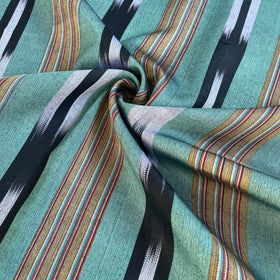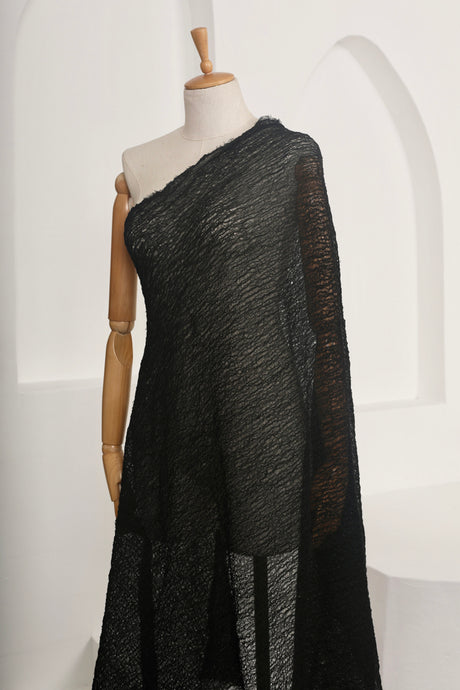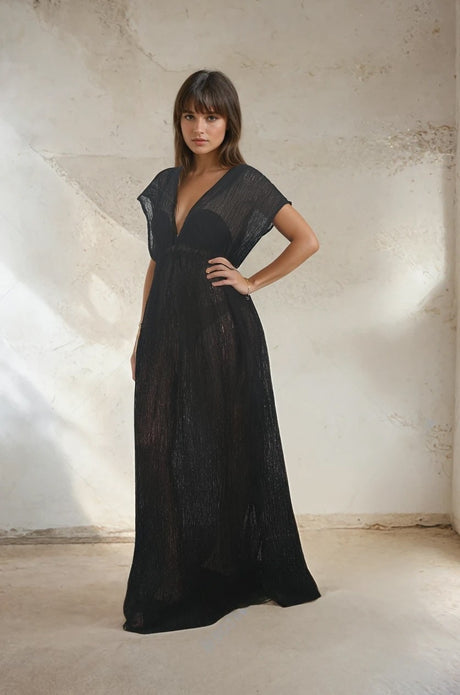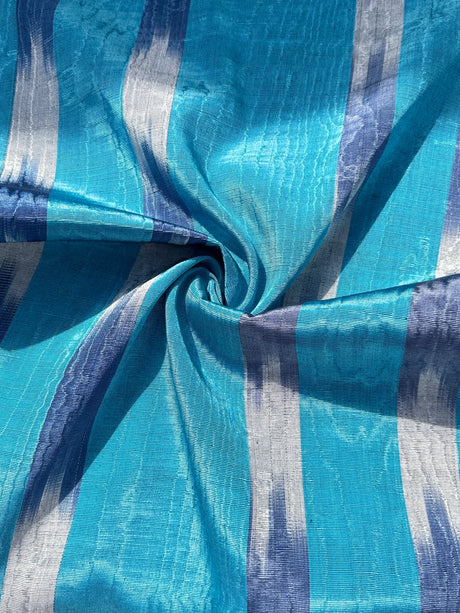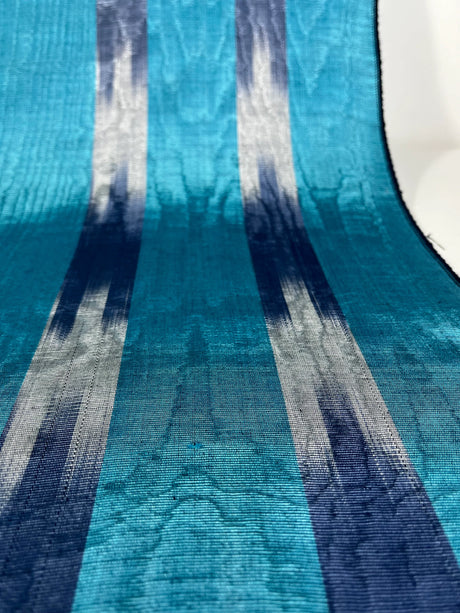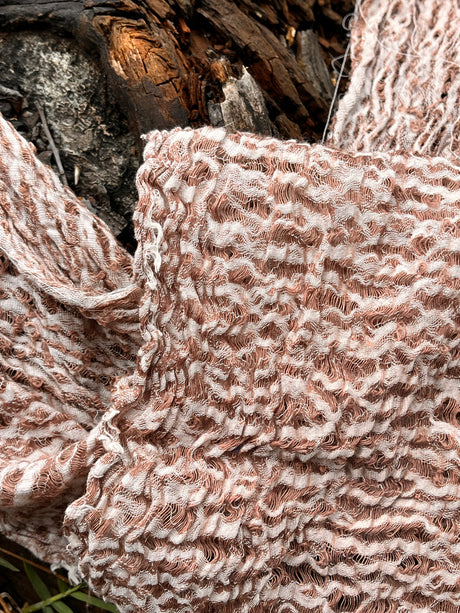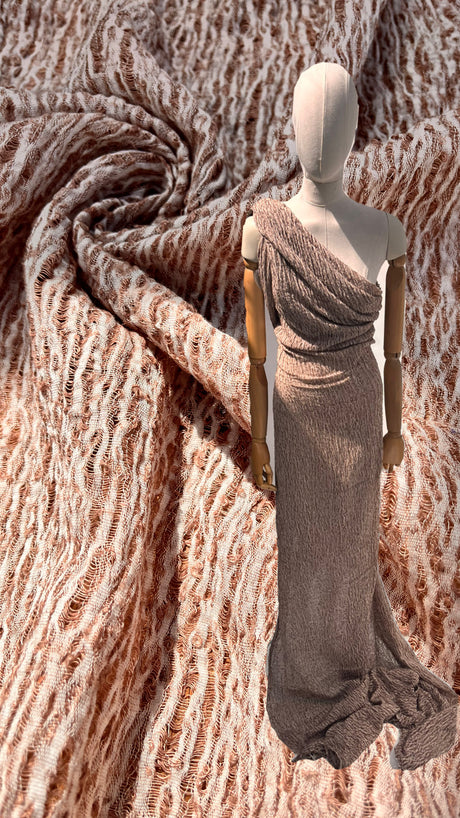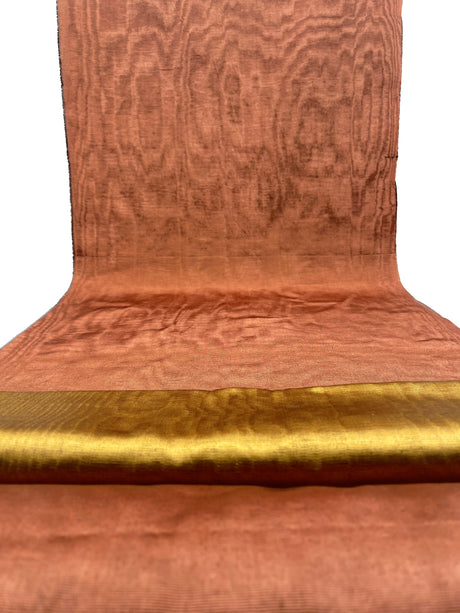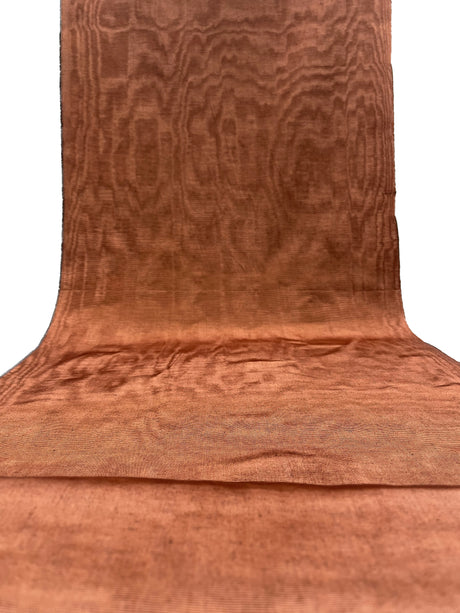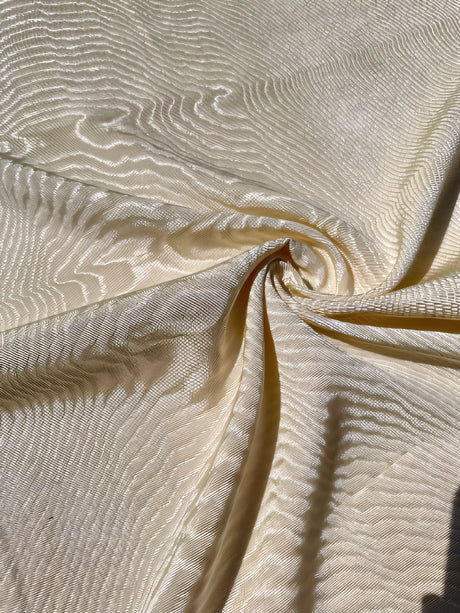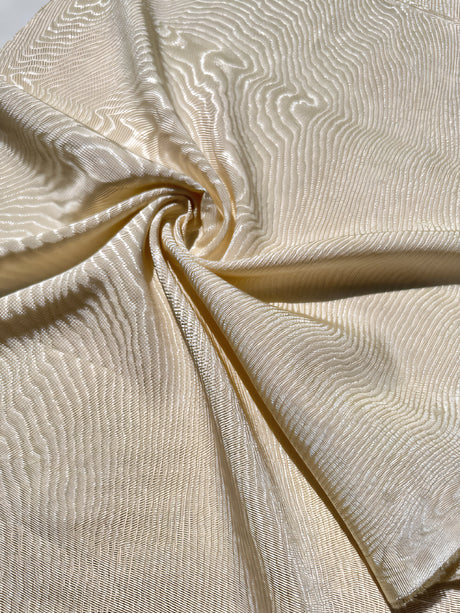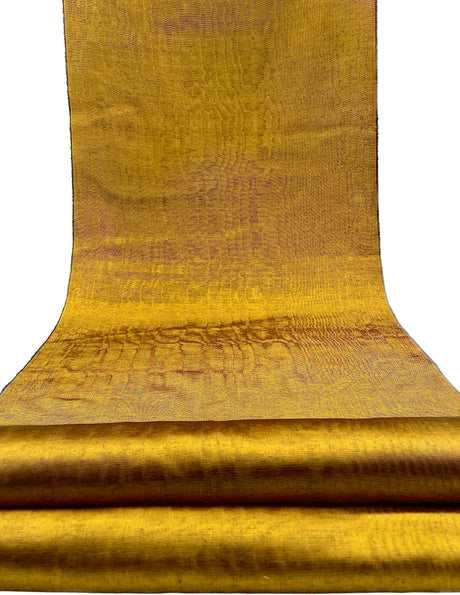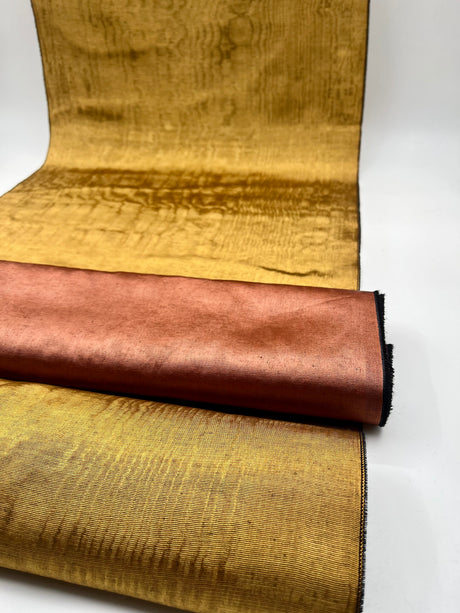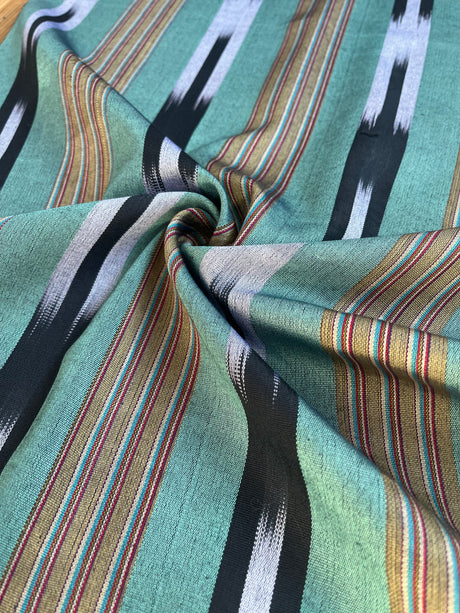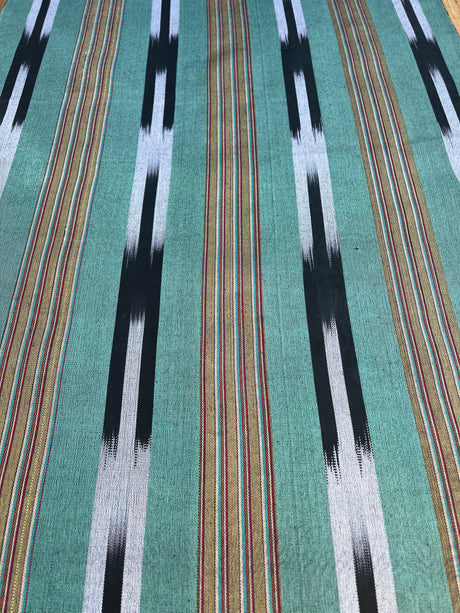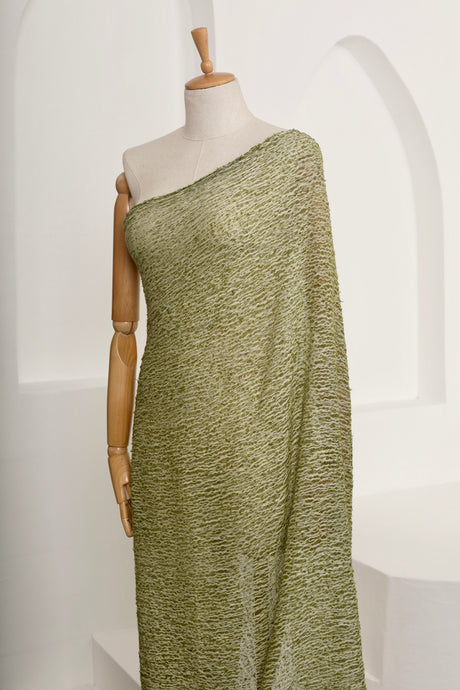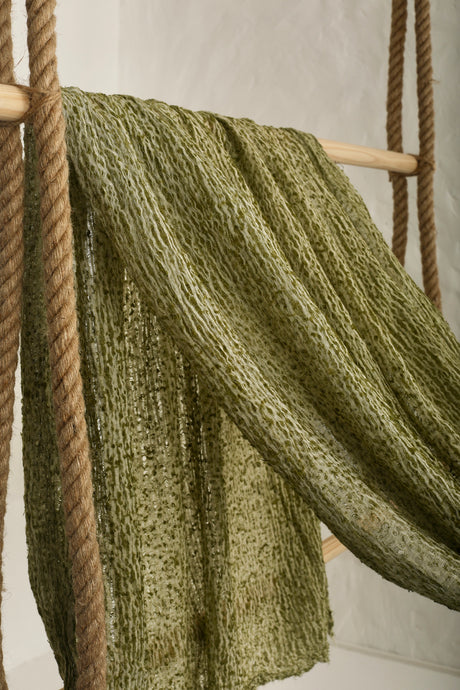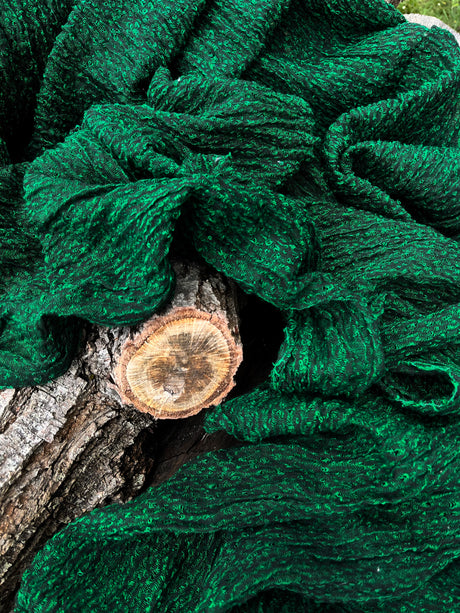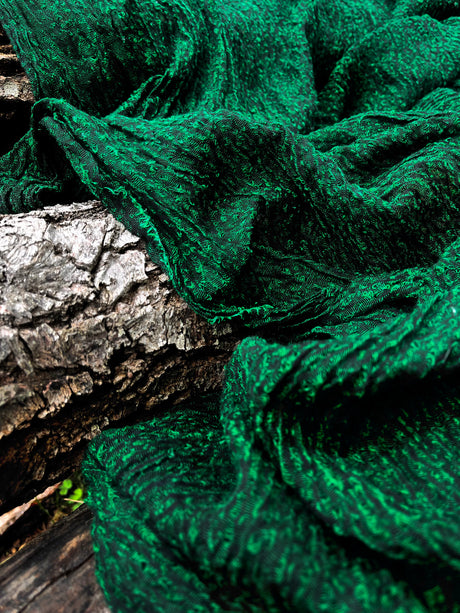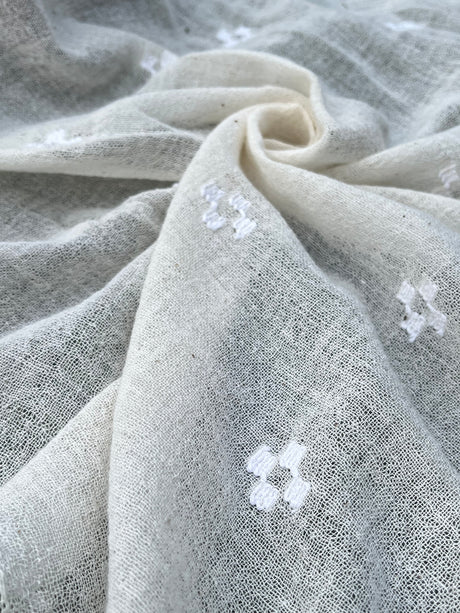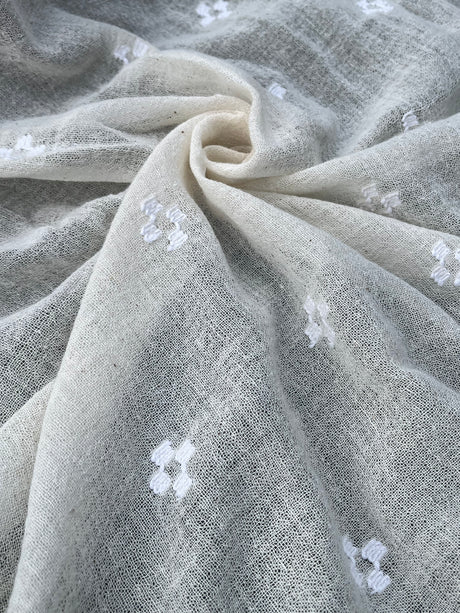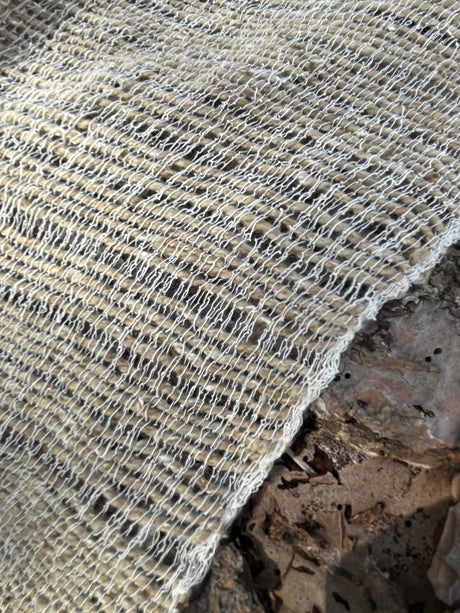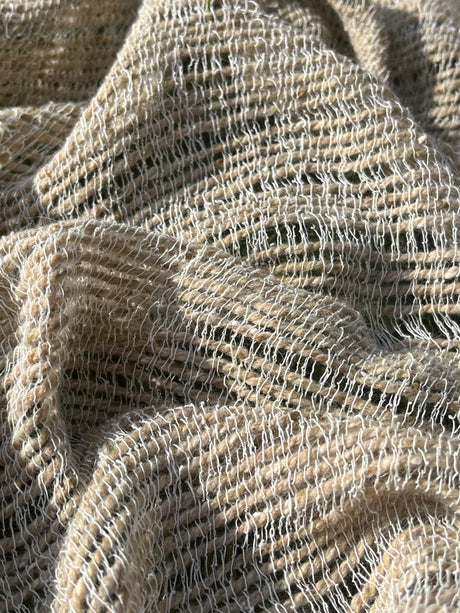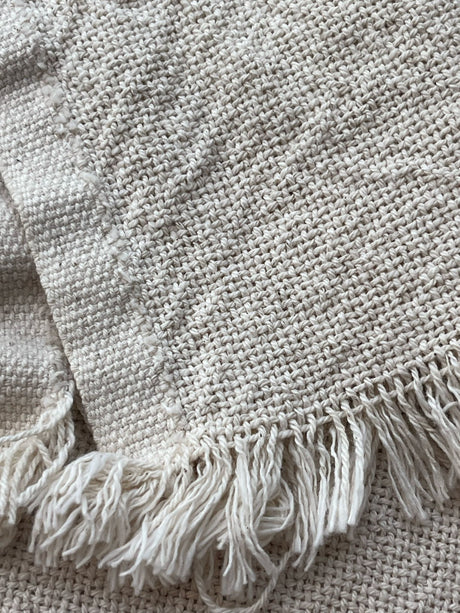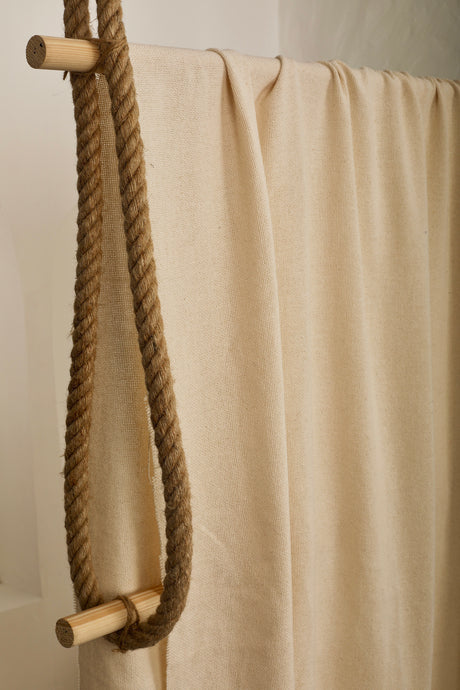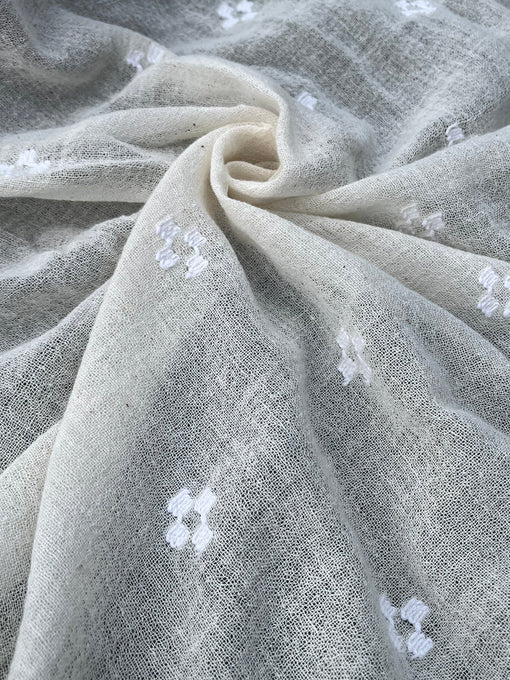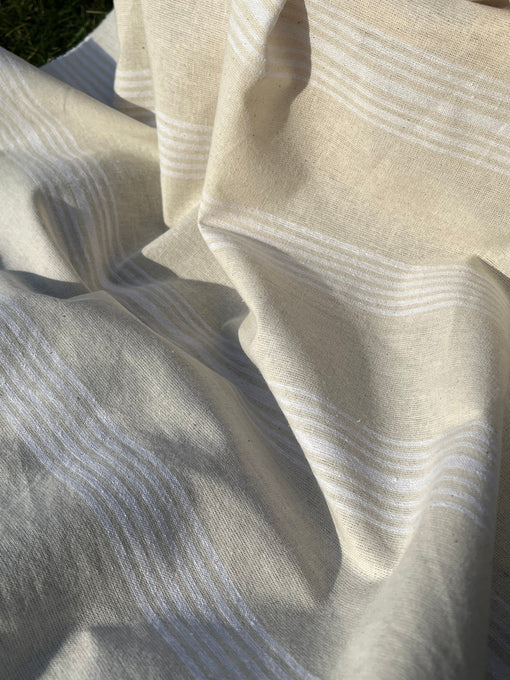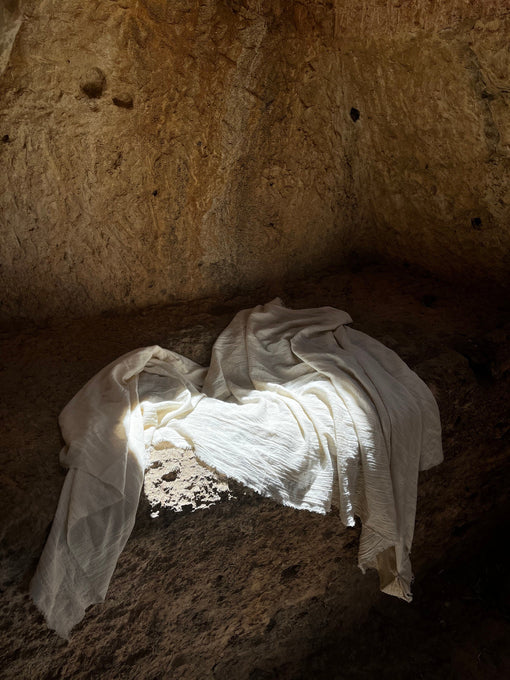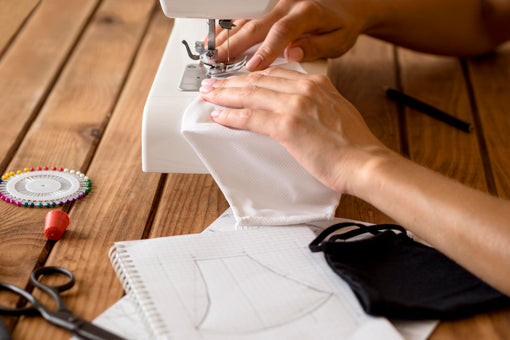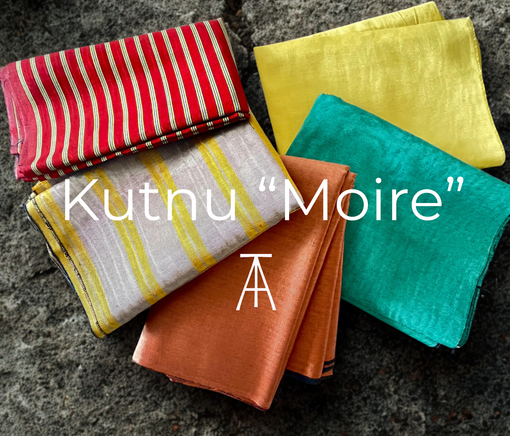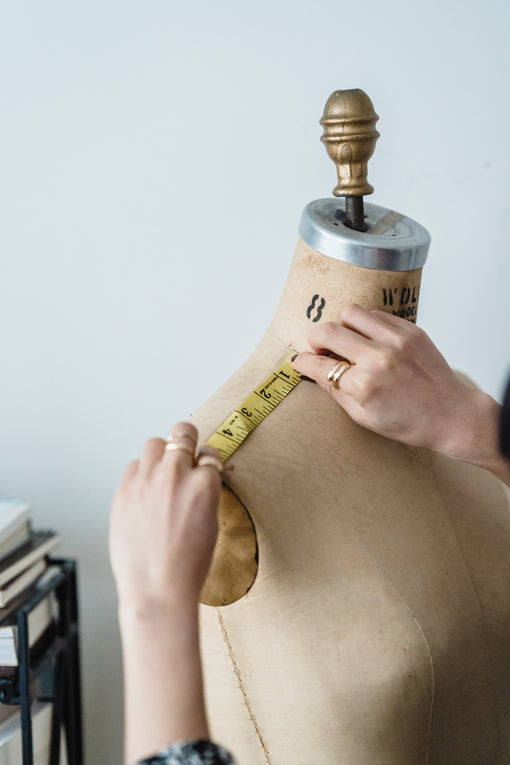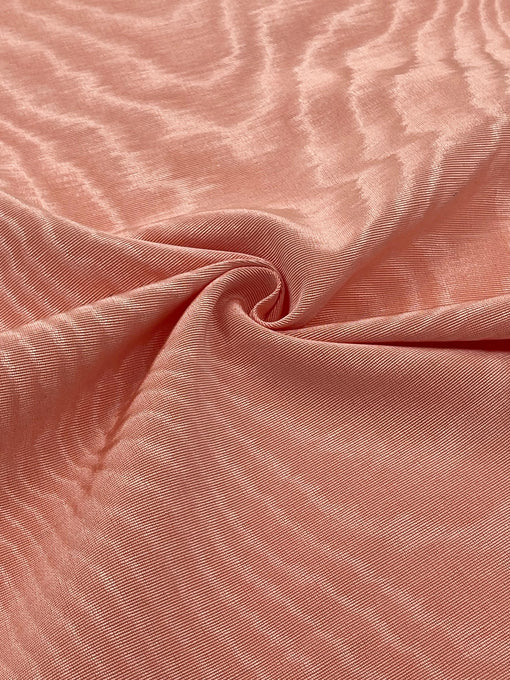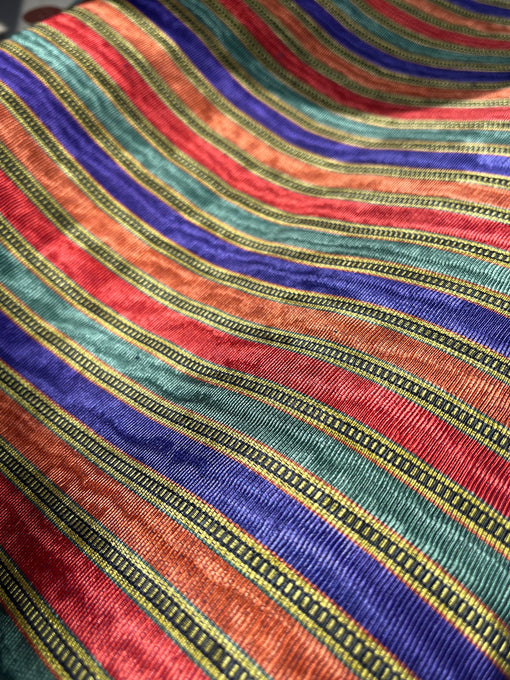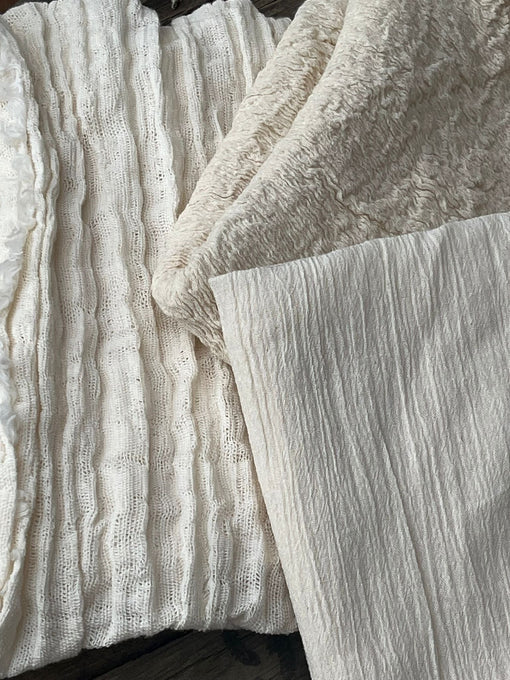
- Article published at:
- Article author: Yasemen İnan
- Article tag: Anatolian textiles
- Article comments count: 0
Please watch our video to discover the story of the traditional weaving and preparation of Şile fabric, gracefully narrated by the esteemed master weaver Fırat Neziroğlu.
Şile Cloth: The Natural Touch of Anatolia Meets Modern Life
Şile cloth is one of the most special fabrics in Turkey’s traditional textile heritage. Known for its lightness, breathability, and natural texture, it has been a symbol of comfort and elegance for centuries. Especially during the summer months, this fabric stands out as the perfect choice for both daily wear and unique designs. At Anatolian Textures, we combine the unique texture of Şile cloth with modern designs, bringing inspiration from tradition to contemporary life..
What is Şile Cloth?
Şile cloth is a traditional fabric woven from cotton yarn in the Şile region of Istanbul, Turkey. Each piece is unique due to its handwoven production and natural slight crinkles. Its breathable nature keeps you cool during hot summer days, while its skin-friendly properties provide ultimate comfort.
The History and Cultural Significance of Şile Cloth
Named after the Şile district where it is produced, Şile cloth has been handwoven by local women since the 19th century. Historically, it has been used in daily clothing and home textiles. Recognized as a symbol of natural fabrics, Şile cloth has now been revived in modern fashion designs.
In Anatolian culture, Şile cloth is not just a fabric—it’s a craft and heritage piece. Each texture and motif reflects the history and traditional techniques of local artisans.
The Production Process
Producing Şile cloth requires patience and skill:
Selecting cotton yarns: High-quality cotton is the foundation for a natural and healthy fabric.
Hand weaving: Each meter of fabric is carefully woven on traditional looms.
Drying and finishing: The fabric is naturally dried, leaving subtle crinkles that give Şile cloth its characteristic texture.
This meticulous process preserves the natural texture of the fabric, creating a quality that modern machinery cannot replicate.
Modern Styling with Şile Cloth
Şile cloth is a versatile fabric that fits both traditional and modern designs:
Summer dresses and tunics: Lightweight for all-day comfort.
Oversized shirts and blouses: Perfect for relaxed yet stylish looks.
Home textiles: Tablecloths, curtains, and cushions bring a natural touch to your living space.
At Anatolian Textures, we merge Şile cloth with modern design, offering both elegance and comfort.
Caring for Şile Cloth
To ensure the longevity of this natural and lightweight fabric, follow these care tips:
Wash in cold or lukewarm water: High temperatures may cause shrinkage.
Use gentle detergents: Choose low-chemical products to preserve the fabric’s natural quality.
Dry naturally: Dry in sunlight or light shade to maintain its texture.
Why Choose Şile Cloth?
Şile cloth is more than just a fabric—it’s a symbol of natural living, sustainable production, and modern design inspired by tradition.
Discover Anatolian Textures’ collection of Şile cloth products to bring the unique texture of Anatolia into your wardrobe and living space.
Learn More

